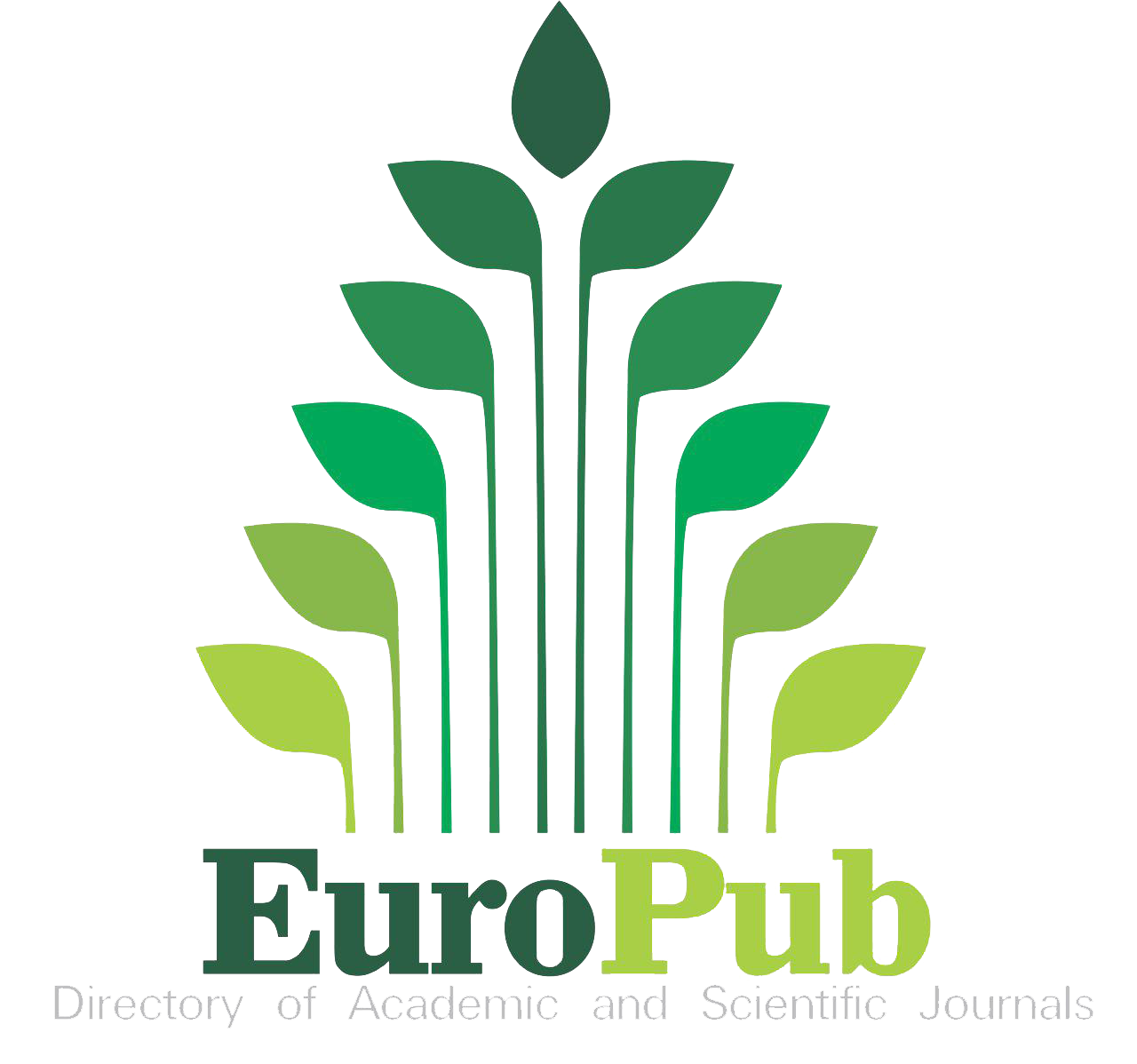Enhancing Subtraction Skills Among Kindergarten Learners: A Hands-on Approach Using Bundle of Stick
DOI:
https://doi.org/10.54536/ajahs.v4i1.3965Keywords:
Action Research, Bundles of Sticks, Early-Grade Mathematics, Ghana, Hands-on Learning, Kindergarten Learners, SubtractionAbstract
The inception of standard-based mathematics curricula has underscored the variety of students’ backgrounds and learning abilities, posing noteworthy challenges for teachers, particularly in promoting foundational mathematical skills such as subtraction. This study investigates the use of practical teaching aids, specifically bundles of sticks, to improve subtraction skills in Kindergarten. Learners in Kindergarten were involved in the study. The study sought to identify students’ difficulties when learning subtraction and evaluate the effectiveness of using physical teaching resources to address these challenges. Pre-test and post-test results revealed a notable improvement in student performance, with 57.9% achieving a passing score after the intervention compared to 23.7% before the intervention. Observations highlighted that the visual and tactile nature of the bundle of sticks method significantly enhanced pupils’ conceptual understanding of subtraction. However, challenges such as difficulties in managing the sticks were identified, leading to recommendations for interactive learning tools in early-grade mathematics education to bridge foundational gaps in numeracy.
Downloads
References
Agamboka, A. A., Mensah, S. K., & Ador, E. (2023). Using the abacus to address challenges basic three (3) pupils with learning difficulties have with place value of numbers in experimental school in Bolgatanga Municipality, Ghana. GPH-International Journal of Educational Research, 6(06), 57-75. https://doi.org/10.5281/zenodo.8167688
Astuti, P. (2014). Learning one-digit decimal numbers by measurement and game predicting length. Journal on Mathematics Education, 5(1), 35-46. https://doi.org/10.22342/jme.5.1.1447.35-46
Benjamin, E. A. (2022). Methods of teaching primary school mathematics. Module for B. Ed Early Childhood Education Programme.
Bernard, J., Golbert, A., & Susuoroka, G. (2020). Assisting JHS Form One Pupil’s to add unlike fractions using Cuisenaire rod and paper folding: A case at Chamba M/A Junior High School. Teacher Education and Curriculum Studies, 5(3), 53. https://doi.org/10.11648/j.tecs.20200503.12
Byjus. (2023). Addition and subtraction (definition, rules and examples). BYJUS. https://byjus.com/maths/addition-and-subtraction/
Clark, J. S., Porath, S., Thiele, J., & Jobe, M. (2020). Action research. NPP eBooks. https://newprairiepress.org/ebooks/34
Fauzi, I., Mauhibah, R., & Jupri, A. (2021). Learning designs for the addition and subtraction of two-digit numbers based on realistic mathematics education principles using snakes and ladders game. Al Ibtida: Jurnal Pendidikan Guru MI, 8(1). https://doi.org/10.24235/al.ibtida.snj.v8i1.7741
Fuadi, I. (2017). Implementation of CTL approach to increase understanding of the concept of operation of addition and subtraction of integers by using learning tools. Journal of Education and Practice, 8(8), 81-85. https://www.semanticscholar.org/paper/Implementation-of-CTL-Approach-to-Increase-of-the-Fuadi/849da9096562dbf46ee585c55d5b826a5b33927f
George, T. (2023, January 27). What is action research? Scribbr. https://www.scribbr.com/methodology/action-research/
Hawthorne, H. (2021, July 9). Interventions in education: Importance, types & strategies. High Speed Training. https://www.highspeedtraining.co.uk/hub/effective-interventions-in-education/
Ipek, A. S. (2018). Pre-service elementary mathematics teachers’ specialized content knowledge: The case of integer addition and subtraction. International Journal of Progressive Education, 14(4), 70-84. https://doi.org/10.29329/ijpe.2018.154.6
Jones, J., & Tiller, M. (2017). Using concrete manipulatives in mathematical instruction. Dimensions of Early Childhood, 45(1). https://files.eric.ed.gov/fulltext/EJ1150546.pdf
Kara, F., & Incikabi, L. (2018). Sixth grade students’ skills of using multiple representations in addition and subtraction operations in fractions. International Electronic Journal of Elementary Education, 10(4), 463-474. https://doi.org/10.26822/IEJEE.2018438137
Kullberg, A., Björklund, C., Brkovic, I., & Runesson Kempe, U. (2020). Effects of learning addition and subtraction in preschool by making the first ten numbers and their relations visible with finger patterns. Educational Studies in Mathematics, 103(2), 157-172. https://doi.org/10.1007/s10649-019-09927-1
Kwakye, D. O., Ofosu, E. K., Karim, S., Zacharia, Y., Zakari, Z., & Emmanuel, A. (2020). Using abacus and bundles of sticks to help basic two (2) pupils to add two and three-digit numbers: An action research of Ghana National College Basic School, Cape Coast, Central Region, Ghana. African Journal of Mathematics and Statistics Studies, 3(5), 21-37.
Lu, Y., Pian, Y., Chen, P., Meng, Q., & Cao, Y. (2021). RadarMath: An intelligent tutoring system for math education. AAAI Conference on Artificial Intelligence. https://doi.org/10.1609/aaai.v35i18.18020
Mertler, C. A. (2021). Action research as teacher inquiry: A viable strategy for resolving problems of practice. Practical Assessment, Research, and Evaluation, 26(19). https://scholarworks.umass.edu/pare/vol26/iss1/19
Ministry of Education. (2019). Kindergarten curriculum for preschools (KG 1&2). Ministry of Education Republic of Ghana. https://nacca.gov.gh/wp-content/uploads/2019/06/KG-Curriculum.pdf
Mutlu, A., & Tuncay, C. (2021). An action research on improving classroom communication and interaction in social studies teaching. Education Research International, 2021, 1–19. https://doi.org/10.1155/2021/9943194
National Council for Curriculum and Assessment (NaCCA). (2019). New standards-based curriculum (2019). NaCCA. https://nacca.gov.gh/learning-areas-subjects/new-standards-based-curriculum-2019/
Nkansah, E. (2020). Assisting primary six pupils of Offinso State A to overcome their difficulty in addition and subtraction of six and seven-digit numbers using abacus and place value chart. https://doi.org/10.13140/RG.2.2.28450.04805
Parwines, Z., & Noornia, A. (2019). Is it required to remove borrowing techniques in clearly subtraction operations in elementary school? Journal of Physics: Conference Series, 1157. https://doi.org/10.1088/1742-6596/1157/4/042076
Salminen, J., Khanolainen, D., Koponen, T., Torppa, M., & Lerkkanen, M.-K. (2021). Development of numeracy and literacy skills in early childhood—a longitudinal study on the roles of home environment and familial risk for reading and math difficulties. Frontiers in Education, 6. https://doi.org/10.3389/feduc.2021.725337
Samuel, A. G., Nyarko, J., & Dwumfuo, K. (2020). Improving the performance of basic school pupils in addition and subtraction of integers using rectangular cut-out number line: A case of a Ghanaian basic school. IOSR Journal of Mathematics (IOSR-JM), 16(3), 21-28. https://doi.org/10.9790/5728-1603042128
Shukla, S. (2020). Concept of population and sample.
Sidik, G. S., Suryadi, D., & Turmudi, T. (2021). Learning obstacle on addition and subtraction of primary school students: Analysis of algebraic thinking. Education Research International, 2021(1), 5935179. https://doi.org/10.1155/2021/5935179
Singh, A. K. (2023, September 12). Blended learning vs. traditional learning: A detailed overview of the two approaches. ELearning Industry. https://elearningindustry.com/blended-learning-vs-traditional-learning-a-detailed-overview-of-the-two-approaches
Starkey, P., & Gelman, R. (2020). The development of addition and subtraction abilities prior to formal schooling in arithmetic.
Student’s Attendance Register. (2024). Fongo English and Arabic (E/A) Kindergarten School.
Turan, Z., & Atila, G. (2021). Augmented reality technology in science education for students with specific learning difficulties: Its effect on students’ learning and views. Research in Science & Technological Education, 39, 506-524. https://doi.org/10.1080/02635143.2021.1901682
Young, J. (2018). Alternative strategies for solving subtraction problems generated by third grade students’ proficient with the standard algorithm. https://core.ac.uk/download/pdf/199658437.pdf
Downloads
Published
How to Cite
Issue
Section
License
Copyright (c) 2025 Atar Alphaa Mohammed, Alhassan Iman, Al-hassan Abdul-Mumin, Abu Ahmad Anass

This work is licensed under a Creative Commons Attribution 4.0 International License.








